Rosacea and rosacea affect people, and the majority are women. However, rosacea and rosacea are rarely explained. Are you wondering where your facial redness comes from? How to alleviate them with treatment and when to decide to consult? fashion friends is here to guide you.
Table of Contents
What is rosacea?
Contrary to appearances, rosacea is not just a few innocuous facial redness. This is a real skin condition. A skin disease, then. It is sometimes called “acne rosacea”, but incorrectly, because it does not affect the pilosebaceous follicles. This dermatosis is stubborn enough to be chronic. Unfortunately, many women are unaware that they have it.
Do you think you are affected? Please note that this pathology progresses through four stages.
1) The skin is subject to sudden and temporary reddening (in the jargon, this is called a “flush”). This phenomenon causes a feeling of heat and, sometimes, tingling and irritation.
2) The face displays permanent redness in the mid-facial area (forehead, nose, sides of the nose and chin). This is the erythrosis phase.
3) To make matters worse, the diffuse redness is now accompanied by dilated blood vessels and red spots (hence the link with acne!)
4) Finally, rosacea of the skin degenerates into rhinophyma: the nose swells, becomes puffy and reddens. Rest assured, this severe form is rare, and almost exclusively affects men.
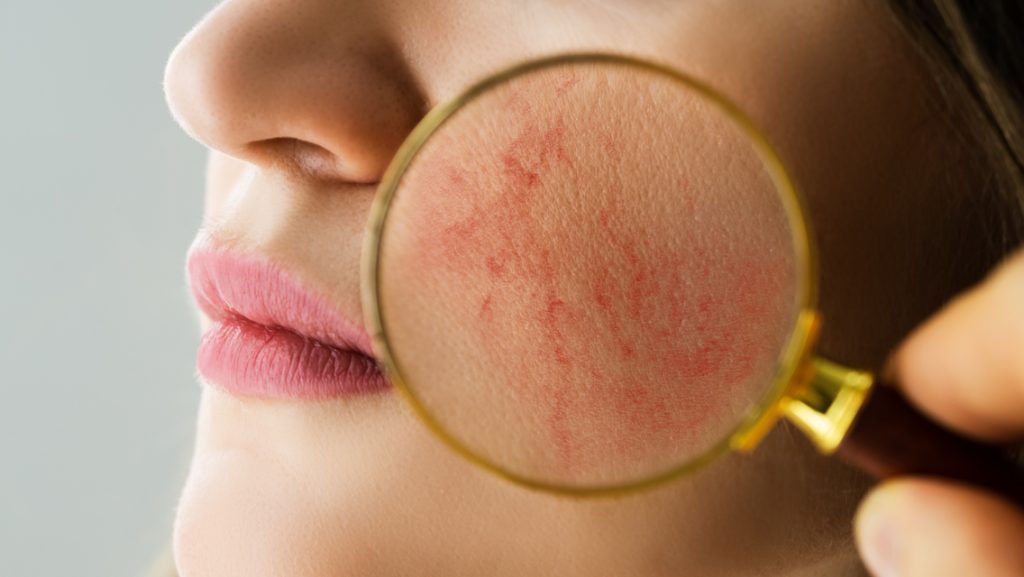
Couperose: definition and difference from rosacea
The terms “rosacea” and “rosacea” are often used interchangeably. However, rosacea and rosacea are not quite the same thing! Rosacea is the “official” name for the disease. This is the one your dermatologist uses, for example.
Rosacea, on the other hand, is actually just a symptom of facial rosacea. It appears at stage 3. It is considered to correspond to the combination of two phenomena:
- erythrosis
- telangiectasias: these are your blood vessels that become visible due to dilation. They are purple or red and form tiny streaks.
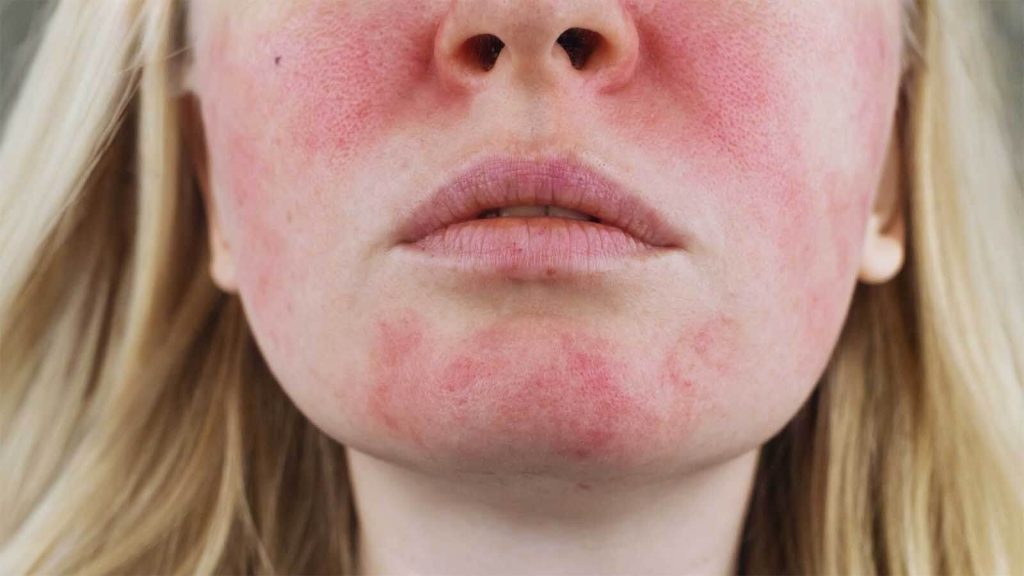
Rosacea: the causes
The direct cause of rosacea or rosacea is well known. This is actually a slowdown in your blood circulation. Result: the blood stagnates, your small capillary vessels dilate and part of the blood network becomes visible to the naked eye. It’s exactly the same principle as varicose veins. The difference is that rosacea is localized on your face.
For the moment, the origin of this malfunction has still not received a certain and definitive explanation. However, we know that it occurs most often in fair skin and women in their thirties or forties. Scientists cite recurring onset and aggravation factors:
- a genetic predisposition
- exposure to the sun
- an unsuitable diet
- a dysregulated immune system.
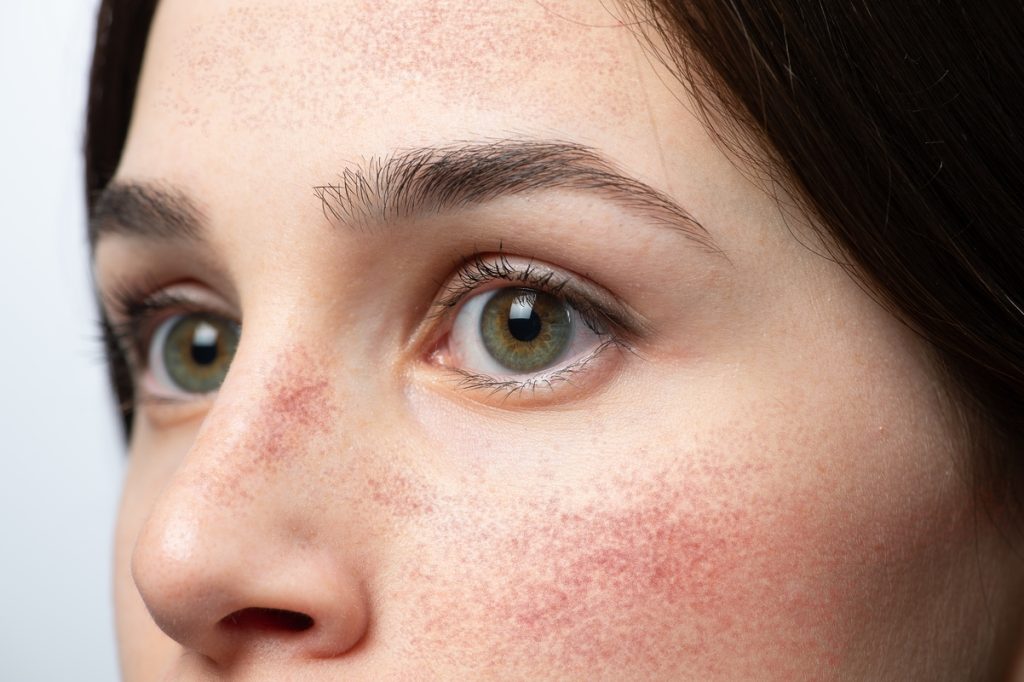
How to react in case of rosacea on the face?
Rosacea and rosacea should not be taken lightly. Cosmetology can only act on the aesthetic aspect: it helps to reduce facial redness and soothe skin discomfort. However, it will never be able to intervene in depth and treat the consequences of rosacea of the skin. This part is the responsibility of medicine!
Do you suspect rosacea or rosacea? We advise you to consult a specialist quickly. Support in the early stages will allow you to provide appropriate care to your skin and prevent excesses. If telangiectasias are already established, only cutting-edge technologies will be able to erase them (the laser, for example).
How to reduce facial redness?
Rosacea skin requires attention and a nice dose of gentleness. Learn to adapt your beauty routine to your needs.
Clean your skin gently
Skin affected by facial rosacea is often thin and fragile. It produces little sebum and must make do with a reduced hydrolipidic film to defend itself. It is therefore in your best interest to be extra vigilant when choosing your treatments. And it starts with the facial cleanser!
We strongly encourage you to give up on soap, which risks aggravating the drying out of your skin. Instead, choose a cleansing milk special for dry and sensitive skin. It will help you dissolve small impurities without disrupting the integrity of your skin barrier.
Protect your skin from attacks
Rosacea and rosacea are synonymous with a number of inconveniences: burning, tingling,itchy skin and more are present. And it’s even worse if your skin is not adequately protected against the cold and other attacks. The more she is exposed, the more she will react and the more she will blush.
In order to find comfort and soothing, give pride of place to hydration in your facial care ritual.
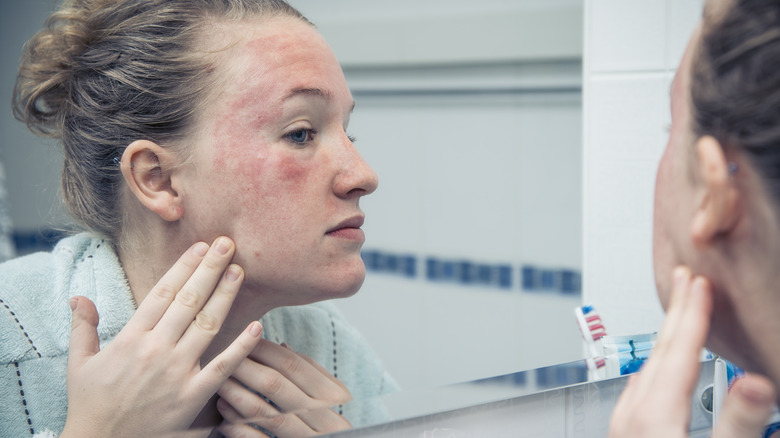
Keep your hands light on makeup
Like many women suffering from blemishes and rosacea, you probably have the makeup reflex. This is completely normal, and it would be a shame not to take advantage of it to feel better about yourself. However, be careful not to set your sights on just any product!
Although impressively effective, very covering textures are contraindicated. Start more simply with a few touches of green corrector (its color neutralizes the red) on your erythrosis. Then apply a light foundation directly on top to even out your skin tone.
Follow good reflexes every day
If you suffer from facial rosacea, many seemingly banal actions should be avoided, otherwise your redness will worsen. Don’t panic: we will take stock with you of the reflexes to adopt while waiting for your visit to the dermatologist.
- Forget scrubs, especially mechanical (grain) ones
- Systematically protect your skin with SPF before going out (even in winter!)
- Leave your skin alone: don’t touch it more than necessary and limit friction.
- Avoid cosmetic ingredients with an ice effect (menthol, camphor, eucalyptol, etc.).
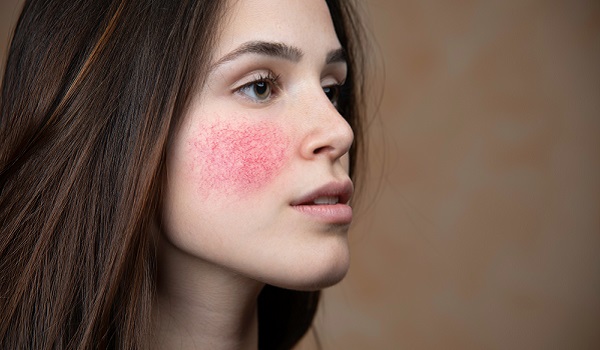
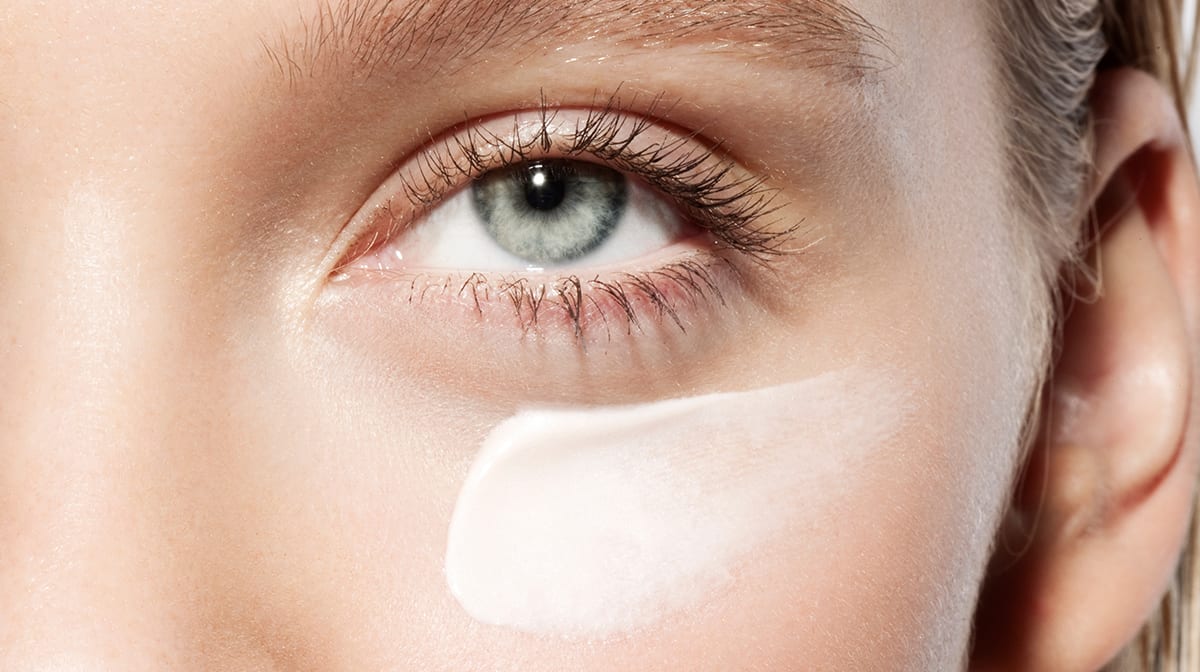



1 Comment
[…] Beauty and Cosmetics […]